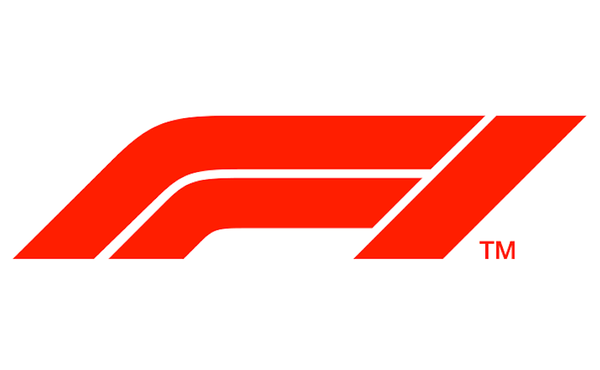Formula One to Conduct a ‘Dry Run’ to Test the Cost Cap

Follow Us

via Imago
Formula One
With the 2020 and 2021 season fast approaching, Formula One needs to see if the new rules that they have drafted will work. So, the sport will do a dry run of monitoring the F1 teams with regard to how they adhere to a cost cap next season. After that, it will be officially enforced from the 2021 season onwards.
The new regulations are slated to contribute significant changes to the cars to promote closer racing. There will also be a revised revenue distribution and a cost cap in the region of $175 million per season. While there will be certain exceptions, Formula One CEO Chase Carey revealed that 2020 will be used to identify weaknesses in the way it will be monitored.
“In terms of the cost cap, actually one of the real positives is the evolving attitude toward it,” Carey said. “We feel quite positive about where we are with the cost cap, in many ways teams — some of whom had concerns or issues going in — are increasingly supportive.”
ADVERTISEMENT
Article continues below this ad
“I think by and large right now the support is quite broad and everyone believes it’s an important element of the future of the sport. I do think the teams really are behind it as being an important cornerstone to build the sport going forward.”

via Imago
Chase Carey
“We wouldn’t have done it if we didn’t think it was enforceable. Clearly you account for everything which you need to make sure you have access to the right information to do the accounting, and that’s about us being disciplined and firm about what we need.”
ADVERTISEMENT
Article continues below this ad
“(In) 2020, all the teams will participate in effectively a dry run as the cost cap won’t actually be enforced with consequence until 2021. In 2020 what we are going to go through is shaking out the bugs of accounting, and accounting for the costs.”
Carey also proudly admitted that the cost cap introduction has led to increased interest from new teams wishing to enter Formula One. However, he opted to remain coy on the identities of the teams.
ADVERTISEMENT
Article continues below this ad
“Clearly one of the goals in terms of the cost cap is to create a healthier (sport) — I’ve talked about the competitive goals, but it is equally important we create a cost cap that supports a business model that is healthy and growing and positive for existing teams and potential new teams coming into it.
“That has been enforced as we’ve had discussions with potential new teams; all have looked at sort of steps in terms of cost discipline and a more balanced revenue distribution as being cornerstones to creating what they think is an exciting opportunity, so certainly that is a part of it.”
